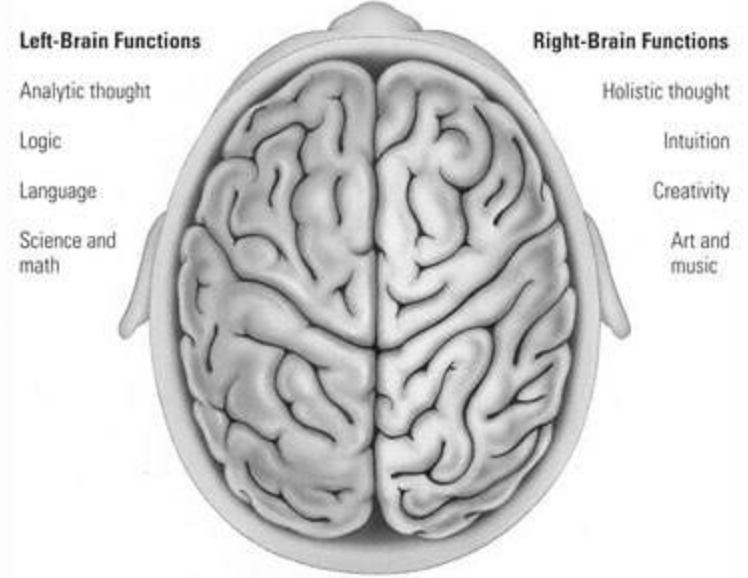The Science Behind the Tri-Blade Fan Design.
As we seek respite from the heat under the comforting breeze of a fan, have we ever paused to ponder why many fans are designed with three blades? This isn’t a matter of mere aesthetics or arbitrary choice; there’s solid scientific reasoning at play. Let’s learn about the principles that guide this ubiquitous design, shedding light on the interplay between physics, engineering, and economics.
Aerodynamic Efficiency
One of the primary reasons for the widespread adoption of the three-blade design in fans is aerodynamic efficiency. Fans with three blades are found to strike an optimal balance between the amount of air moved and the energy required to move it. Adding more blades can indeed increase air movement but at the cost of increased air resistance and decreased efficiency. The three-blade configuration minimizes drag and turbulence, allowing the fan to operate more smoothly and quietly while providing a comfortable airflow.
The quest for quietness also guides the choice of having three blades. More blades increase the noise level due to the additional cutting of air and the turbulence generated. Three blades are sufficient to provide a balance between effective air circulation and minimizing noise, making it an ideal choice for residential and office environments where comfort and quietness are paramount.
Manufacturing and material costs play a crucial role in the design of fans. Fewer blades mean reduced material usage and lower production costs, making the three-blade design economically advantageous for both manufacturers and consumers. This cost-effectiveness does not significantly compromise performance, making it a practical choice for a wide range of applications.
Aesthetic Considerations
Beyond the scientific and economic rationale, there’s also an aesthetic dimension to the three-blade design. It’s visually pleasing and has become a classic look that consumers recognize and trust. Additionally, fans with fewer blades are easier to clean and maintain, enhancing their practicality and longevity.
The three-blade fan stands as a testament to the elegance of design where form meets function in perfect harmony. This design choice exemplifies how constraints like noise, efficiency, and cost can lead to innovations that seamlessly blend into our daily lives. Next time we enjoy the gentle breeze from a fan, let’s appreciate the intricate dance of physics, engineering, and design that makes it possible.
The design of fans, particularly the choice of three blades, is a perfect example of how practical needs drive innovation, leading to solutions that are efficient, economical, and aesthetically pleasing. It’s a reminder of the thoughtfulness embedded in everyday objects, designed to enhance our comfort and well-being.
Originally published at https://thewegenermail.blogspot.com.



